Douglass Junior and Senior High School
Introduction
Author-Uploaded Audio
An introduction to Douglass High and recollection of Reverend Reginald Hill as recorded by Raiven Scott for the Fairfield Neighborhood Oral History Project directed by Dr. Kelli Johnson with the support of the WV Humanities Council.
Text-to-speech Audio
Constructed in 1924, Douglass Junior and Senior High School served the African American community of Huntington during the era of segregation until its closing in 1961 and now serves as the home of a variety of community organizations. This school was the second in Huntington to be named after Frederick Douglass and remained open until 1961, a reflection of both Huntington's reluctance to integrate and the Black community's desire to maintain what had become an important institution for them. As an academic, social, and cultural center for Black families in Huntington, the school had a profound and enduring impact on the city’s African American community over its seventy years. Notable graduates include Carter G. Woodson, a Harvard-trained scholar known as the father of Black History, and NBA All-star Hal Greer, the first African American athlete at Marshall University. The building, which currently houses a community medical outreach center, was added to the National Register of Historic Places in 1985.
Images
Douglass Junior and Senior High School today
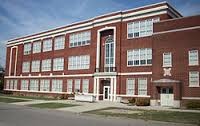
Original school image is located on bottom row, center
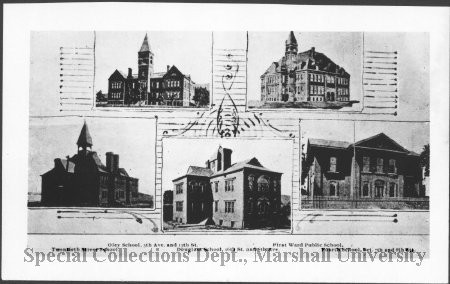
Undated Black and white photos of Douglass
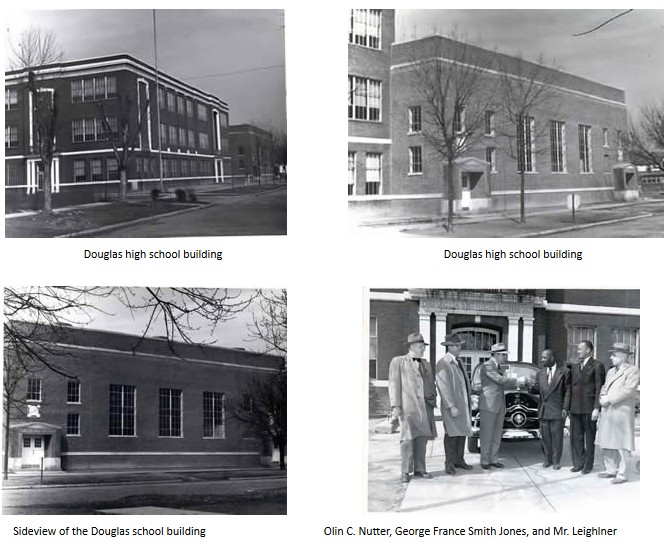
The original Douglass School
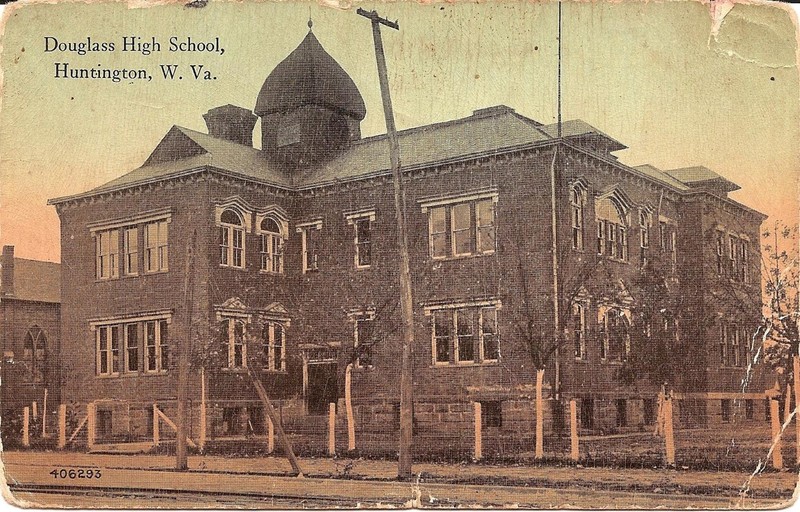
Douglass School faculty, circa 1919-20
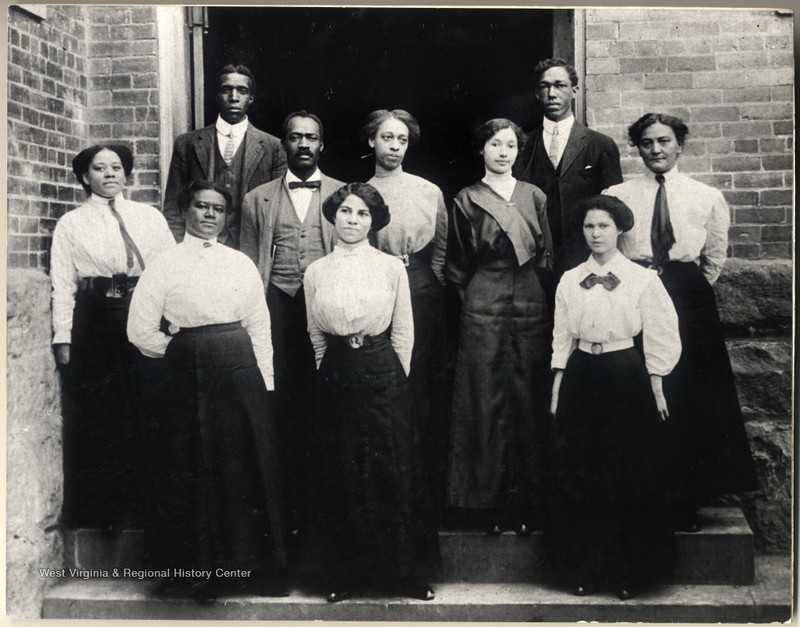
Statue of Carter Woodson at the site of the original Douglass High School
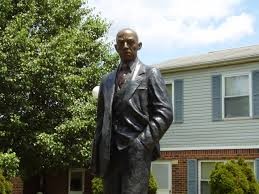
Hal Greer
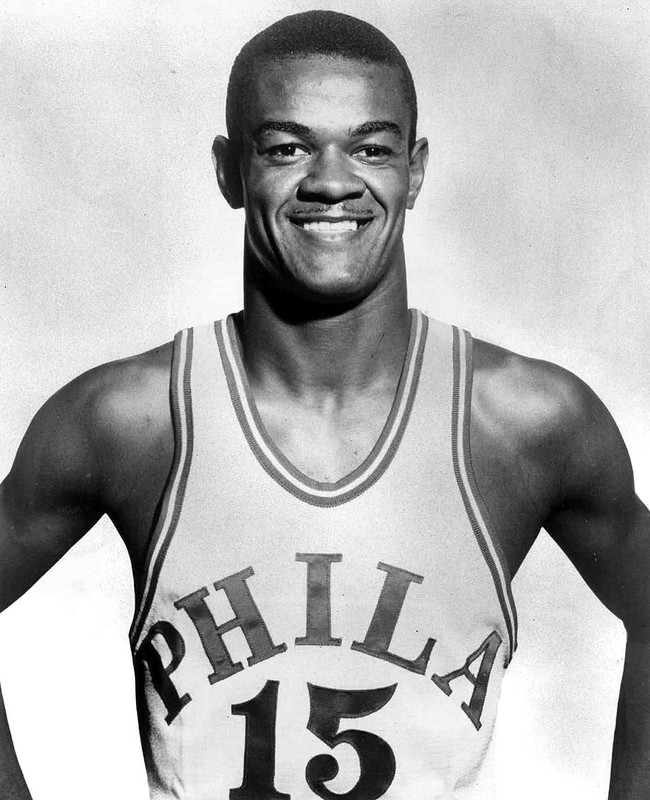
Backstory and Context
Text-to-speech Audio
Douglass Junior and Senior High School was built in 1924 to replace the old Douglass School at 16th Street (now Hal Greer Boulevard) and 8th Avenue, which had been open since 1891. Both schools were named after abolitionist leader Frederick Douglass. The new school, located at the corner of Tenth Avenue and Bruce Street, was built in response to evolving educational standards and a rising enrollment of Black students. It was designed by Frampton and Bowers, an Ohio architectural firm. It is a three-story building consisting of red brick and white terra cotta trim, with entrances finished with half columns and enlarged arched windows. When the new school opened, the original Douglass School was renamed Barnett Elementary School after one of Huntington’s pioneer African American ministers.
Henry Davis Hazelwood served as Douglass Junior and Senior High School’s first principal from 1925 until he retired in 1949. He was followed by Henry Smith Jones (1950–51), Leonard H. Glover (1952–55), and Joseph A. Slash (1955–61). Under Hazelwood’s leadership, Douglass was designated a first-class high school by the West Virginia Department of Education, and it was accredited by the North Central Association of Schools and Colleges in 1927. The school had a band, varsity athletic teams, choirs, and hosted various speakers and performers. Douglass Senior and Junior High School became a source of pride for Huntington’s African American community, as enrollment grew each year and its graduates went on to have successful careers.
There are several notable alumni of Douglass Junior and Senior High School. Carter G. Woodson, attended the school at its first location. In 1895, at the age of twenty, Woodson entered Douglass High School and graduated in only two years. After teaching for three years, Woodson returned to Douglass School in 1900 to serve as the principal while he worked on his Bachelor of Literature at Berea College, Kentucky. He went on to receive his M.A. from the University of Chicago in 1908 and became the second African American to earn a doctorate from Harvard in 1912. Woodson taught in schools across the country as well as in the Philippines and served as the dean of West Virginia Collegiate Institute, later West Virginia State University. He was an active member of the NAACP and wrote many books on African American history. Woodson founded the Association for the Study of Negro Life and History in 1915, developed Negro History Week in 1926, and published the first issue of the Negro History Bulletin in 1937. Together, these achievements have led Woodson to often be referred to as "The Father of Black History."
Huntington native and musician Revella Hughes was a teacher at Douglass from 1932 to 1941. Born in 1895, Hughes received a Bachelor of Music from Howard University in 1917 and appeared in several Broadway shows in the 1920s. In 1932, she returned to Huntington to take care of her ailing mother. Hughes became the supervisor of public school music in the then-segregated schools and created the band at Douglass High School. She took her young musicians out into the community to perform at major events and for white civic groups.
Hal Greer was another graduate of Douglass Junior and Senior High School. Greer began his basketball career at Douglass before becoming the first African American athlete at Marshall University. During his three-year college career, Greer scored 1,377 points, averaged 19.4 points per game, and set the Marshall record for field goals. After his success in college, Greer was drafted by the Syracuse Nationals, who later became the Philadelphia 76ers. In the 1966-67 season, he played alongside Wilt Chamberlain and won the NBA championship. By the time that Greer retired in 1973, he held the career record for most games played and ranked in the top ten in points scored, field goals attempted, and field goals made He was inducted into the Basketball Hall of Fame in 1982.
Although its graduates certainly testify to the school’s excellence, Douglass High School is notable for more than just its alumni. The school served as a close-knit community and a source of pride for African-Americans in the Huntington area, comparable to a church or community center. Given West Virginia’s proximity to the Jim Crow South, such a place helped the community thrive at a time of racial inequality. In 1954, Brown v. Board of Education abolished segregated schooling, meaning that Huntington’s schools would have to integrate. Although small numbers of students of color started to attend formerly white schools right after the court ruling, it was not until 1961 that Douglass Junior and Senior High School closed and all of its students began attending Huntington High School. In 1963, the building was reopened as the Fairfield School, a school for special education, and in 1981 its purpose was again changed to house educational offices and a testing center. It was added to the National Register of Historic Places in 1985. In 2001, the building was renovated to house Ebenezer Medical Outreach, a community center that was established in 1986. Now called the Douglass Centre and owned by Marshall University, the former school continues to house Ebenezer Medical Outreach and other offices.
Sources
Bickley, Ancella R. "Douglass High School." e-WV: The West Virginia Encyclopedia. 24 January 2013. Web. 25 June 2014.
NAACP History: Carter G. Woodson. (n.d.). NAACP. Retrieved June 26, 2014, from http://www.naacp.org/pages/naacp-history-Carter-G.-Woodson Crow, N. (n.d.).
The Integration of Douglass High School, Cabell County, WV. The Carter Woodson Project | Marshall University - Huntington, WV. Retrieved June 26, 2014, from http://www.marshall.edu/carterwoodson/nathaniel_crow.asp Hal Greer. (n.d.).
Hal Greer. Retrieved June 26, 2014, from http://www.wvculture.org/history/greer.html Douglass School Programs. http://marshall.pastperfect-online.com/34442cgi/mweb.exe?request=record;id=A234F796-E20F-477A-A305-986053131476;type=301
Holograph Entries, Douglass High School. http://marshall.pastperfect-online.com/34442cgi/mweb.exe?request=record;id=746A0B97-7B55-46F2-919F-504941925029;type=301 Vertical Files Box # 73 (Rivers-Tug TO Schools-Middle) Folder: Schools. Herald-Advertiser 6/16/1963 article "Early Teachers And Students Were Part-Timers in W. Va. Schools." Refers to Douglass and contains an early photo of the school. Located in Marshall University Special Collections. Vertical Files Box # 73 (Rivers-Tug TO Schools-Middle) Folder:
Douglass High School. NRHP registration form. Located in Marshall University Special Collections. Vertical Files Box # 73 (Rivers-Tug TO Schools-Middle) Folder: Schools-Desegregation (#2) 5/13/1984 Herald-Dispatch article "Resistance rare in local schools". Douglass mentioned in the article. Located in Marshall University Special Collections.
Scott, Raiven, "Hill, Rev. Reginald-Oral History" (2018). Oral Histories. https://mds.marshall.edu/african_american_oral/1
